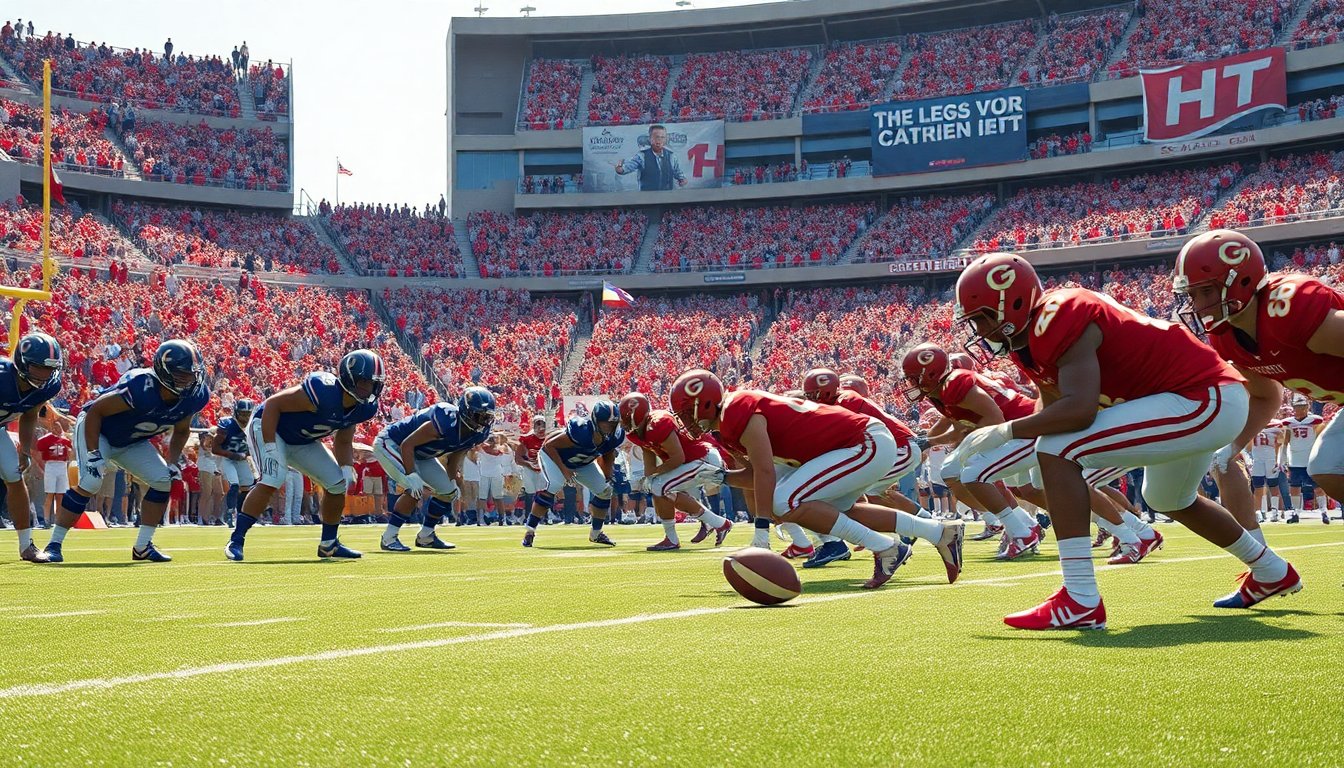Table of Contents
In the realm of college football, two athletic conferences have emerged as the titans of the sport: the Big Ten and the SEC. Their influence extends across various aspects of the game, from player recruitment to television contracts. However, within this competitive environment, significant disagreements arise regarding the future of college football.
The situation is further complicated by the Pac-12 Conference, which has faced its own challenges in recent times. As other conferences strengthen their ranks, the Pac-12 has had to navigate a tumultuous landscape, prompting a reevaluation of its strategies and membership.
The Big Ten and SEC: A clash of titans
At the forefront, the Big Ten and the SEC stand as dominant forces in college football. Their ongoing rivalry shapes not only the competitive landscape but also the financial implications for all involved.
The Big Ten, with its storied history and prestigious institutions, has traditionally been a powerhouse in collegiate athletics. Meanwhile, the SEC has built its own legacy, known for producing championship-winning teams and high-profile athletes.
Key differences in vision
While both conferences aim to enhance their status and profitability, their approaches diverge significantly. The Big Ten emphasizes academic integrity and the long-term welfare of student-athletes, advocating for a model that prioritizes education alongside athletics. Conversely, the SEC adopts a more aggressive marketing strategy, focusing on maximizing revenue through high-stakes games and expansive television deals.
The role of television contracts
Television contracts play an essential role in the financial health of these conferences. The SEC has successfully negotiated lucrative agreements that support its athletic programs and attract top talent. In contrast, the Big Ten is currently renegotiating its media rights deals, with expectations of drawing significant revenue to maintain its competitive edge.
The Pac-12’s struggle for relevance
The Pac-12 Conference, once a powerful entity in college sports, has undergone a drastic transformation. A significant exodus of member schools has left the conference in a precarious position. It now operates with only two full members, Oregon State University and Washington State University, as it seeks to redefine its identity.
Recent changes and future prospects
To recover, the Pac-12 plans to expand its membership by inviting several institutions. This initiative includes adding schools from the Mountain West Conference and others, aiming to reach nine full members. Such moves are crucial for maintaining Football Bowl Subdivision (FBS) status and enhancing competitive viability.
Challenges ahead
Despite these efforts, the Pac-12 faces immense challenges. The departure of prominent programs like UCLA and USC to the Big Ten highlights the shifting allegiances in college football. The Pac-12 must also navigate its media rights negotiations carefully to secure sufficient funding for future expansion efforts.
A new era for college football
As the Big Ten and SEC continue to vie for supremacy, the landscape of college football is evolving rapidly. The outcome of these rivalries will not only reshape the future of the respective conferences but also influence the broader dynamics of collegiate athletics. The Pac-12 must adapt and innovate to remain relevant in this competitive environment.





